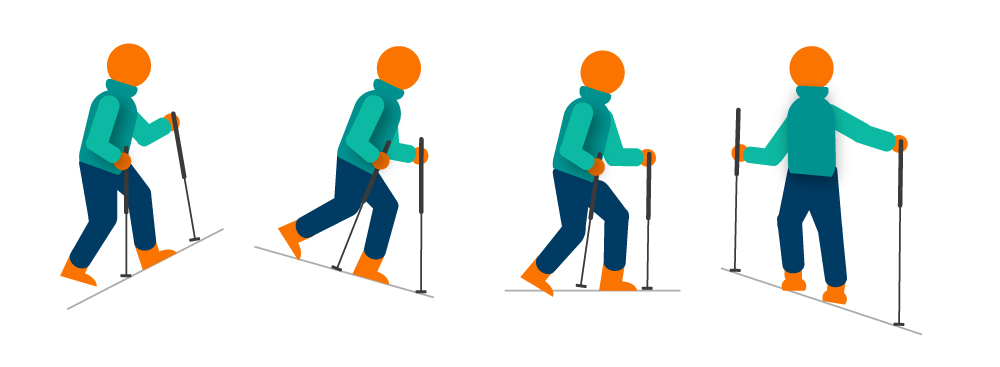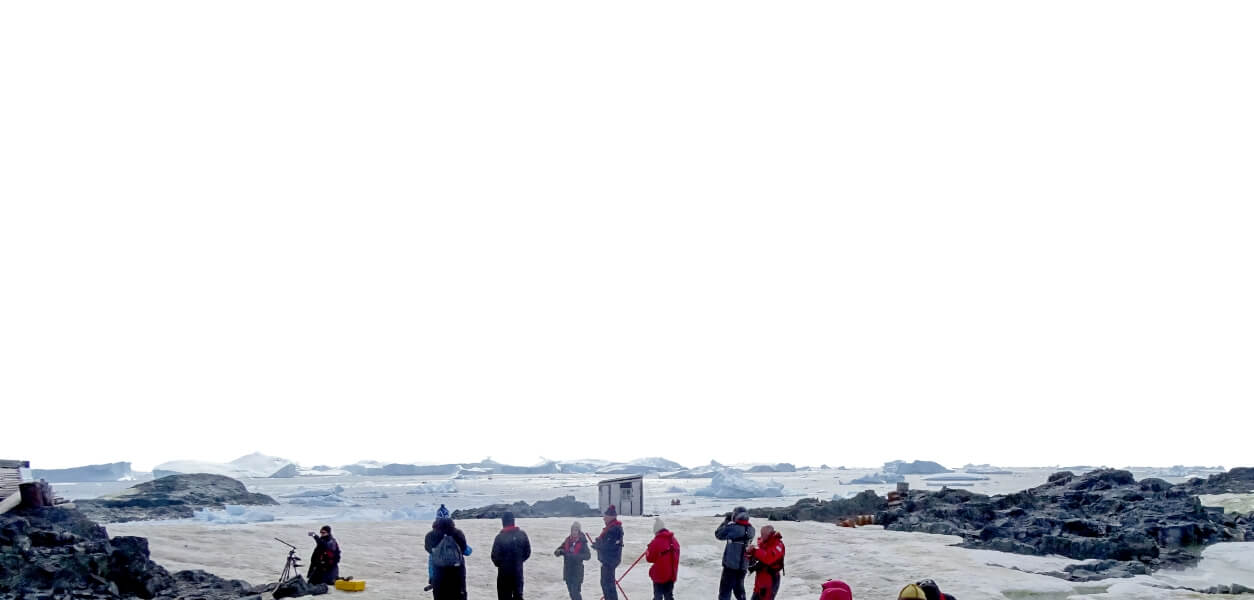Advantages of using trekking poles
Poles absorb some of the impact that your body would normally sustain, particularly when going downhill. According to a study in The Journal of Sports Medicine, trekking poles can reduce compressive force on the knees by up to 25%. This will free your body from supporting a substantial amount of weight during your hike. You will be using your arms more when walking with poles, thereby distributing your energy usage and increasing your hiking endurance. Here are the main advantages of using trekking poles:
- They provide better balance and footing.
- Especially on downhill hikes, trekking poles decrease the amount of stress on your legs and joints.
- On uphill climbs, poles transfer some of your weight to your arms, back and shoulders, which can reduce leg fatigue and enable you to ascend more rapidly.
- They assist in navigating stream crossings, loose rocks, tree roots and slippery surfaces such as mud, ice and snow more safely.
- They help you to establish a walking cadence or rhythm.
How to hold trekking poles
Since wrist straps bear much of the load, it’s important to use them correctly. Put your hand up through the bottom of the strap, not down from the top, before grasping the grip. Adjust the strap so it fits snugly around your wrist.  Please note: rubber tips are required on trekking poles for most archaeological sites and environmentally sensitive areas.
Please note: rubber tips are required on trekking poles for most archaeological sites and environmentally sensitive areas.



















